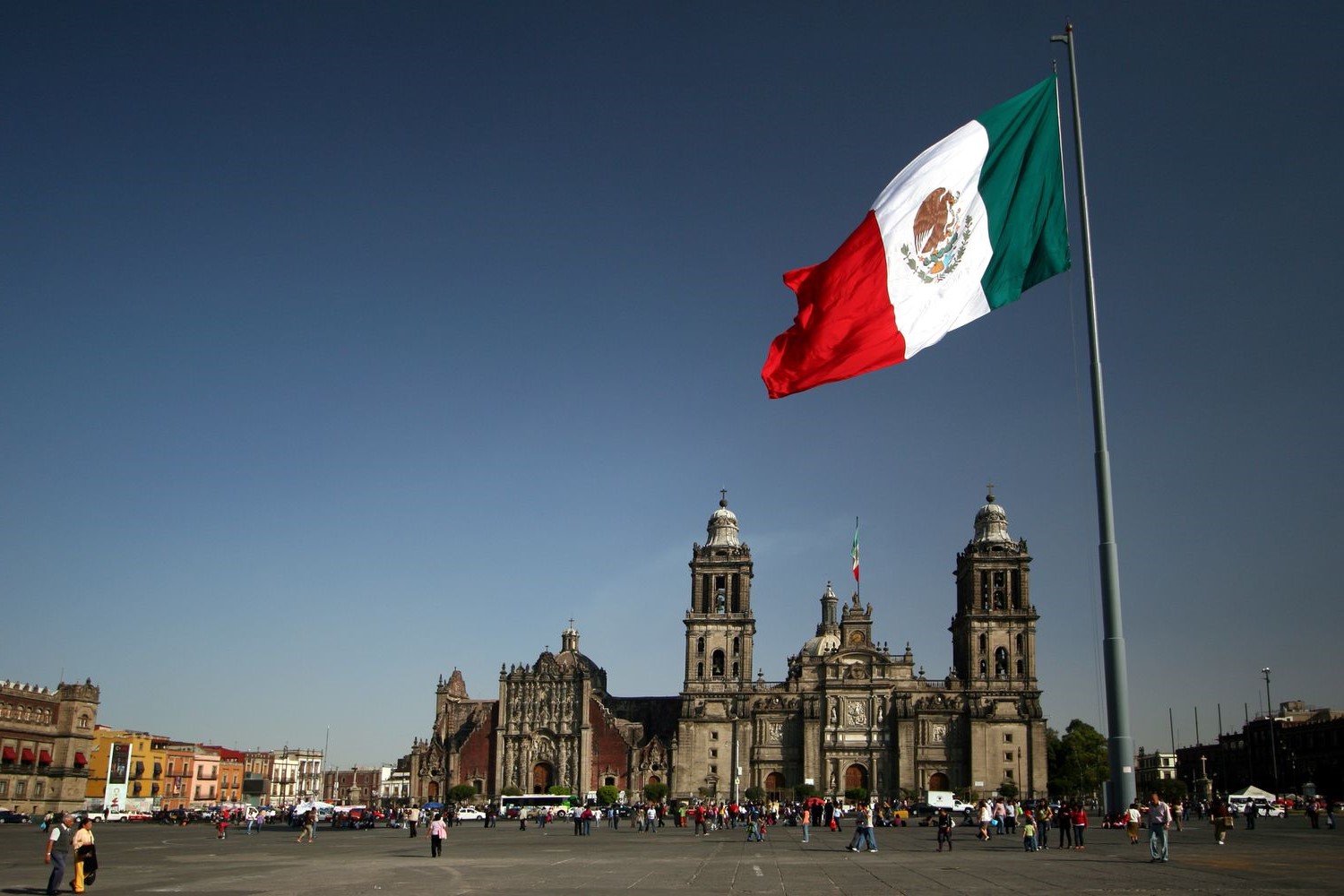The Hidden Secrets Of The Mexican Flag

Have you ever wondered about the Mexican flag? This vibrant symbol holds deep meaning and history. The flag features three vertical stripes in green, white, and red. Each color represents something unique. Green stands for hope and independence, white symbolizes purity and faith, and red honors the blood of national heroes. At the center, an eagle perched on a cactus with a snake in its beak tells an ancient Aztec legend. This story is about the founding of Tenochtitlán, now Mexico City. Understanding the Mexican flag helps you appreciate the rich culture and history behind this iconic emblem.
The Origins of the Mexican Flag
The Mexican flag is more than just a piece of cloth; it tells a story of struggle, independence, and pride. Each element on the flag has a deep meaning rooted in the country's history.
The Colors: Green, white, and red are not random choices. Green stands for hope and victory, white symbolizes purity and unity, and red represents the blood of national heroes.
The Eagle and the Serpent: At the center of the flag, an eagle devours a serpent while perched on a cactus. This imagery comes from an Aztec legend where their gods told them to build a city where they saw this exact scene.
The Cactus and Lake: The cactus and lake are also part of the Aztec legend. They signify the founding of Tenochtitlán, which is now Mexico City.
Changes Over Time
The Mexican flag has undergone several changes since its inception. Each version reflects the political and social changes of the time.
First Flag (1821): The first flag was created after Mexico gained independence from Spain. It had the same colors but different symbols, including a crowned eagle.
Second Flag (1823): The crown was removed from the eagle to signify the end of monarchy and the beginning of a republic.
Modern Flag (1968): The current design was officially adopted in 1968. It includes the same colors and symbols but with a more detailed eagle and serpent.
Symbolism in Modern Times
Today, the Mexican flag continues to be a powerful symbol of national identity and pride. It is displayed prominently during national holidays and events.
Independence Day: Every September 16th, Mexicans celebrate their independence from Spain. The flag is a central part of the festivities, with parades and ceremonies.
Cinco de Mayo: Although not as widely celebrated as Independence Day, Cinco de Mayo also features the flag prominently. It commemorates the Mexican army's victory over French forces in 1862.
National Sports Events: The flag is often seen at international sports events, such as the Olympics and World Cup, where it serves as a rallying point for Mexican athletes and fans.
The Flag in Mexican Culture
The Mexican flag is not just a national symbol; it is deeply ingrained in the culture and daily life of the people.
Schools and Government Buildings: The flag is displayed in schools and government buildings across the country. Students often pledge allegiance to it during morning assemblies.
Art and Literature: The flag appears in various forms of art and literature, symbolizing the country's rich history and cultural heritage.
Music and Festivals: Traditional Mexican music and festivals often feature the flag. It is a common sight at mariachi performances and folk dance events.
Respect and Etiquette
Respect for the Mexican flag is taken very seriously. There are specific guidelines for its display and handling.
Proper Display: The flag should always be displayed with the green stripe on the left when hung vertically. It should never touch the ground or be used as clothing.
Flag Day: February 24th is Flag Day in Mexico. On this day, special ceremonies are held to honor the flag, and people are reminded of its significance.
Retirement of Old Flags: When a flag becomes worn out, it is not simply thrown away. There are special ceremonies for the respectful retirement and disposal of old flags.
The Mexican Flag's Rich History
The Mexican flag holds deep meaning and history. Its colors—green, white, and red—symbolize independence, unity, and the blood of national heroes. The eagle and serpent in the center come from an Aztec legend about the founding of Tenochtitlán, now Mexico City. This emblem represents strength and resilience.
Understanding the flag's symbols helps appreciate Mexico's culture and heritage. Each element tells a story of struggle, victory, and identity. Whether you're visiting Mexico or studying its history, knowing the flag's background adds depth to your experience.
Next time you see the Mexican flag, remember its hidden secrets and the pride it represents. This knowledge connects you to the spirit of Mexico and its people. The flag is more than a symbol; it's a testament to a nation's journey and values.

